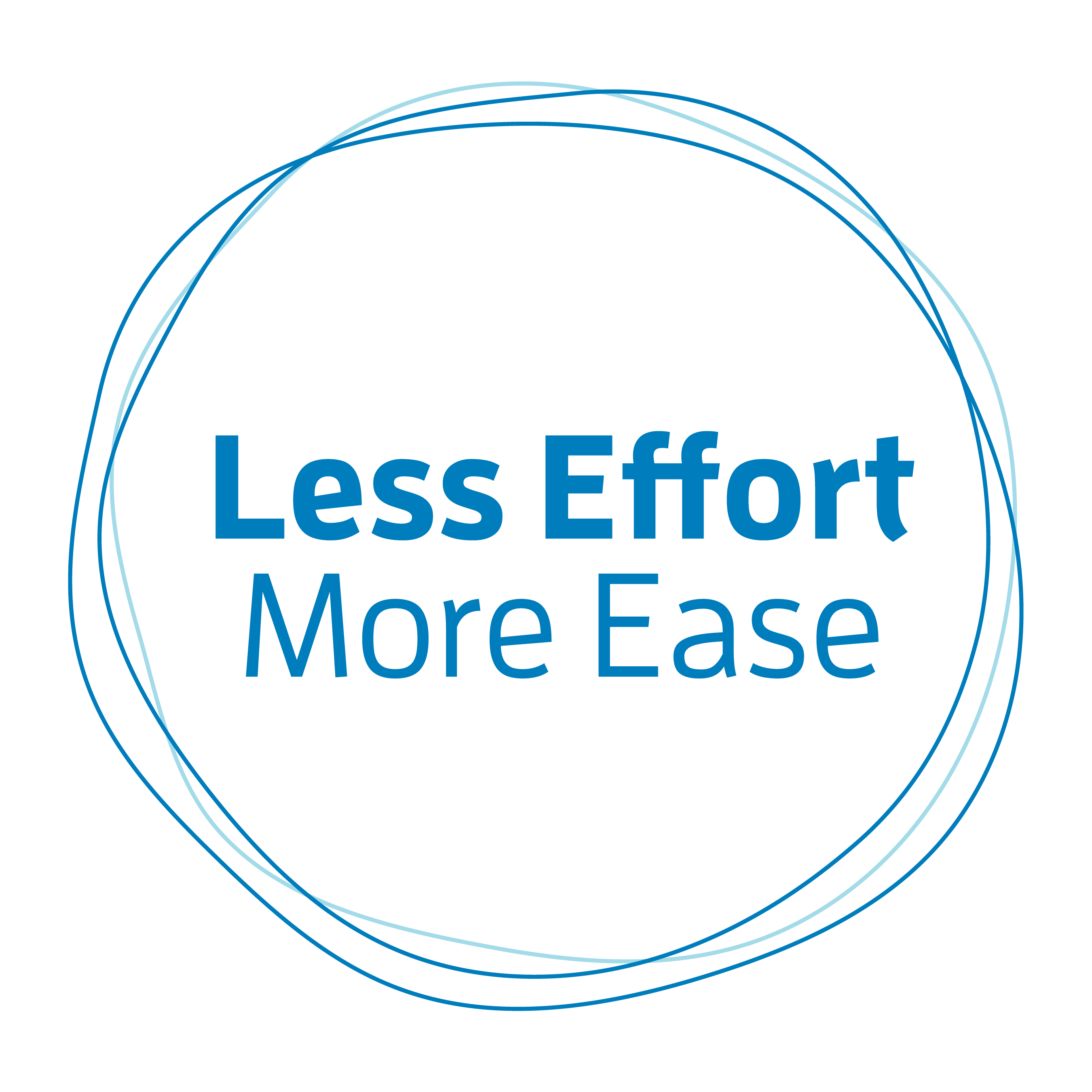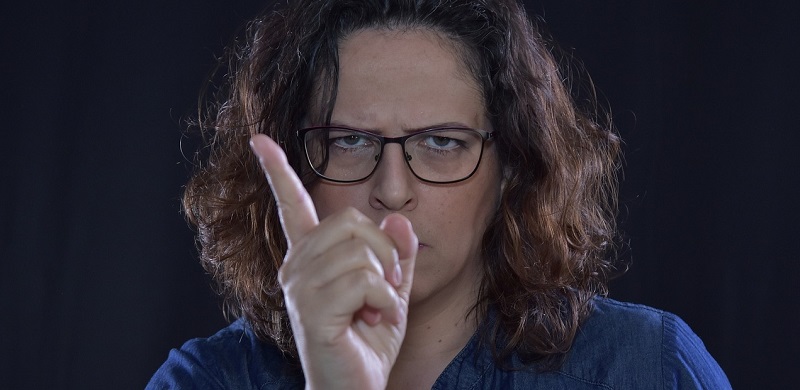I can’t possibly keep monitoring myself to sit up straight all day long!
I hear this a lot from new students who come in and want help with posture-related issues. If you want to work on your Posture and your Use you have to consciously think about it some of the time. There is no way around it. But how you approach this can make a big difference.
Attitude may not be everything but it certainly plays a large role.
Recently, a man came in for several months of twice-weekly lessons. At our first meeting, I asked him the same question I ask every new student: “what do you want help with?”
He wanted to improve his posture. In particular, he was concerned about the rounding in his shoulders and upper back. He didn’t have any pain or discomfort. He was about 60, a consultant, a decent marathoner, and a serious meditator.
He was also a student of self-compassion, he told me.
In the course of his first few lessons, it however became evident that his self-compassion did not spill over to his posture! I realized I had to address his attitude toward his posture then and there if he was going to make any progress. His mindset was a huge roadblock to moving forward.
Studying the Alexander Technique helps you learn to be more present more of the time. Being present allows you to develop highly sophisticated self-observation skills. You learn to observe yourself in a way that aims to stay out of trying to explain what is being observed (or as my colleague Pamela Blanc says, “to stay out of the story”) and focuses just on what is.
It is a self-observation that invites curiosity, not self-consciousness.
In some ways, the skill of self-observation that is taught in the Alexander Technique is similar to mindfulness practices that are all the rage nowadays. I see more and more advertisements for mindfulness meditation classes and the like. Mindfulness was even featured on the front page of Time Magazine some months ago.
One of the aspects of mindfulness (as I understand it) is taking in the present moment without a lot of harsh self-judgment. Just being aware of what is. But whereas mindfulness is often practiced through structured meditation, the Alexander Technique helps us to learn to be more mindful in activity, not just in the stillness of the meditation practice.
Think of it as learning to be mindful in motion.
Being mindful is different than adopting an attitude of harsh self-monitoring. This more compassionate mode leaves space for more productive learning and change to take place than harsh judgment does. And most importantly, it cultivates an interest and curiosity in yourself that encourages a sustainable way to continue to work on your posture for the rest of your life.
So, if you want to work on your posture, instead of harshly monitoring yourself start by just being curious about how you do things—how you throw your weight around, how you balance yourself and how you react (both with your thoughts and physically) to different situations.
I am happy to report that my enthusiastic student learned to be more mindful and more compassionate about his posture. He also learned to look at the bigger picture and see his posture as just one aspect of his overall Use. And made great progress toward his goals.




